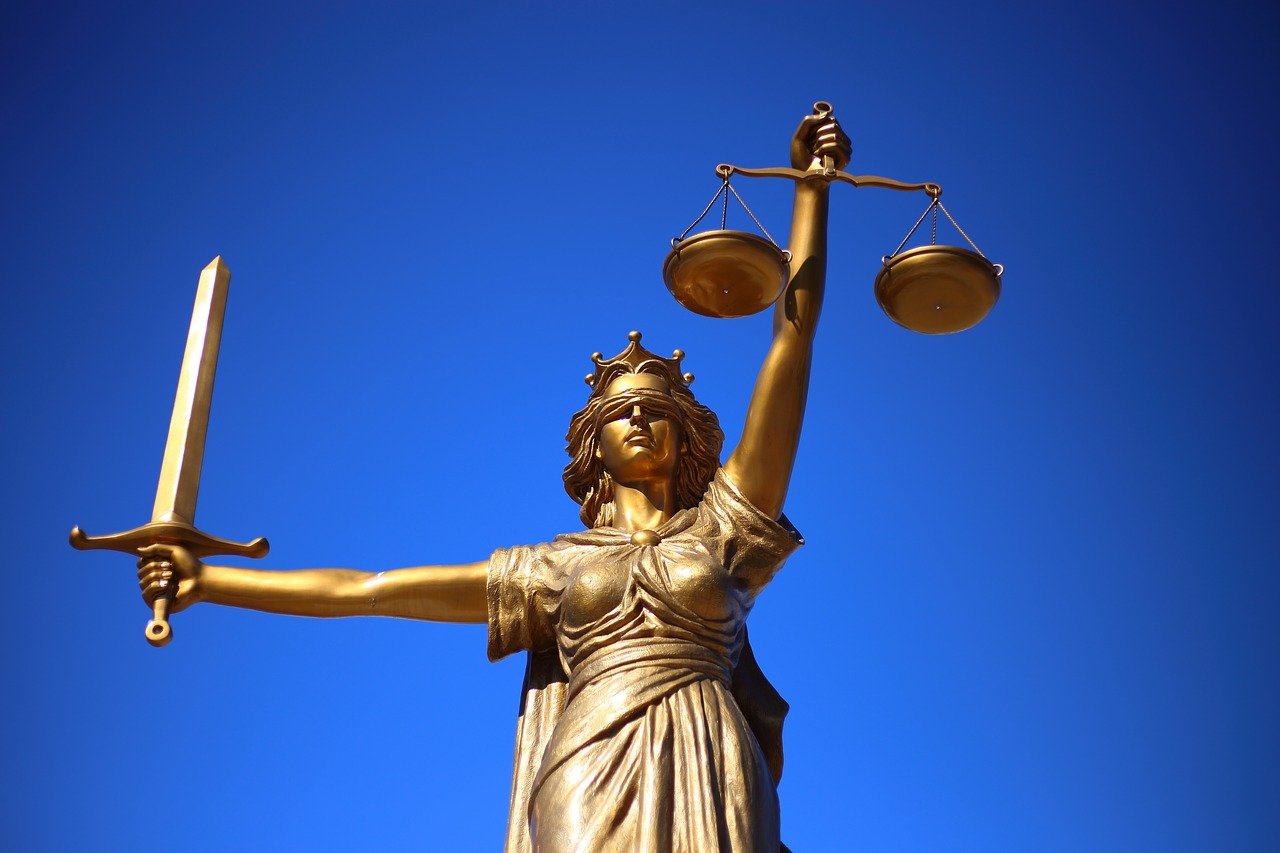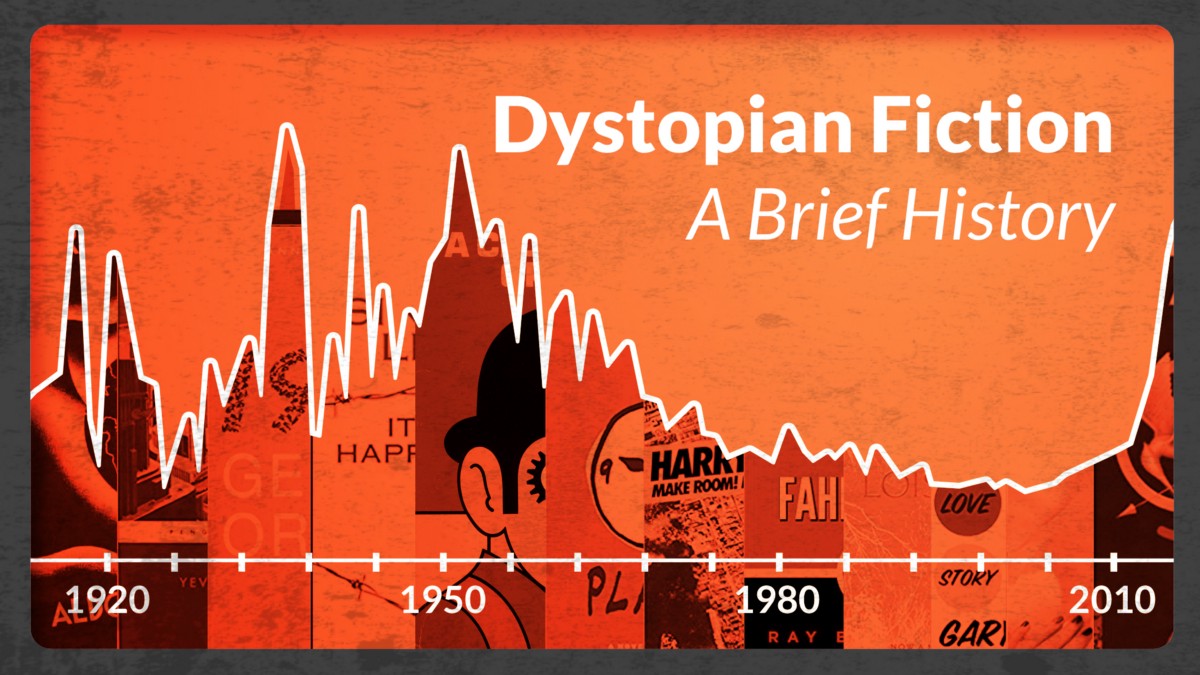Reading Lists
9 Memorable Visions of Alternate Today
All the parallel worlds, divergent paths, and bizarro realities of literature
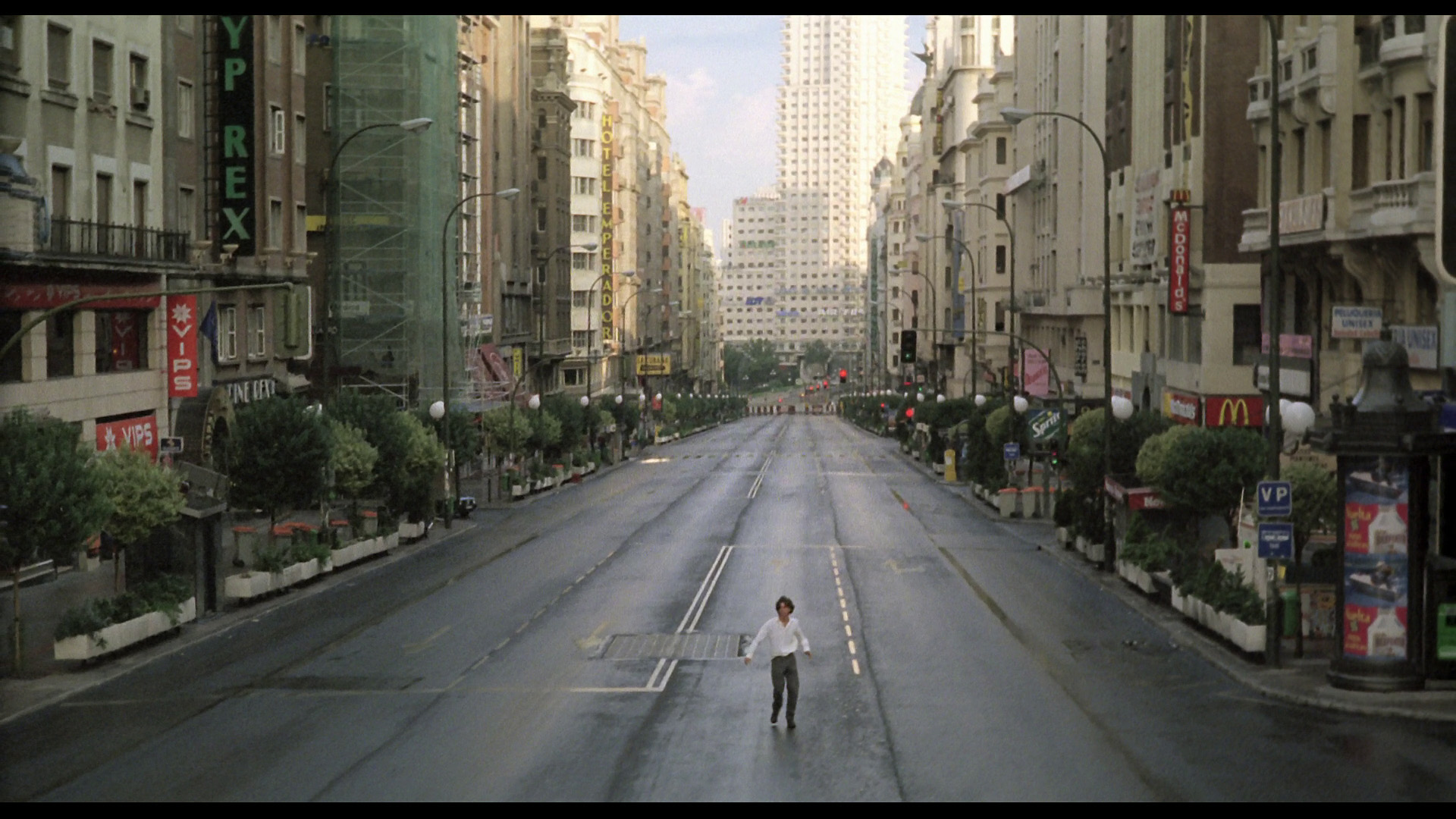
There’s something both unsettling and compelling about a story set in a slightly different version of the present day. It’s that sense of things being inherently altered, which makes even the most familiar elements ever-so-slightly — or more than slightly — alien. Whether a present is altered due to a historical divergence (a cataclysm that didn’t occur in our world; a war that had a very different outcome) or involves a property of the universe being somehow shifted, the narrative possibilities are nearly endless.
Some writers can really run with that complicated idea — the future history of an altered past. The title story of Kim Stanley Robinson’s Remaking History is set in the near future of a timeline where the late 20th century unfolded slightly differently, while Jonathan Hickman and Nick Dragotta’s comic East of West is set in a surreal future America where the Civil War took a very different direction, leaving the United States fragmented into multiple nations.
Here’s a glimpse into nine books that offer visions of today as different from one another as they are from the world in which we presently reside.
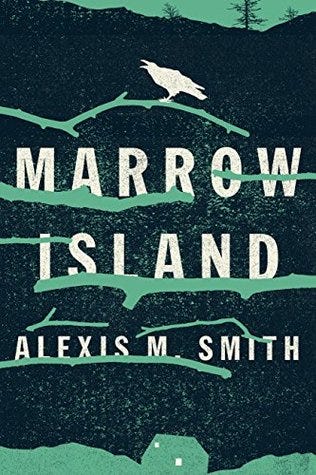
1. Alexis M. Smith, Marrow Island
Though the story it tells is a realistic and naturalistic one, Alexis M. Smith’s Marrow Island is set in a world where history took a different turn. Specifically, a massive earthquake struck the Pacific Northwest a few decades before the events of this novel, subtly reshaping the landscape. The event creates a looming tragedy in the lives of many characters, adding a sense of unpredictability to the book. This is a world in which stunning landscapes can turn on the characters at any moment, and stopping to savor the scenery might be fatal.

2. Michael Cisco, Animal Money
Michael Cisco’s sprawling, hallucinatory novel Animal Money offers a subtly different take on our world. In Cisco’s funhouse mirror of contemporary society, economists engage in borderline-religious rituals, animals engage in complex economic behavior, and weird conspiracies abound. It’s a book where our society’s obsession with financial transactions and theories has been mutated into something more fundamental and strange; the blend of the familiar and the alien makes this a gripping, haunting read.
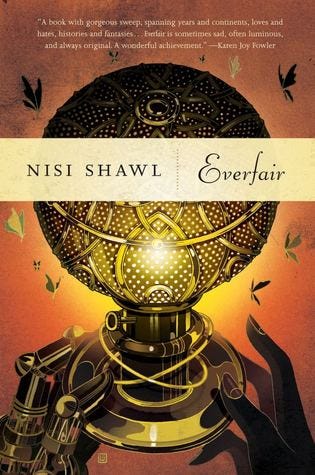
3. Nisi Shawl, Everfair
In the altered history of Nisi Shawl’s novel Everfair, a new nation emerges in central Africa, where the atrocities committed by the Belgian government in our world never occured. The result is a visionary new timeline in which political idealism, bold technology, and a disparate group of characters converge. Admittedly, the bulk of Everfair is set in the early 20th century, but Shawl opens the book with a dramatis personae that includes dates of birth and death for several major characters, the latter frequently occurring later in the century. It suggests that there are more stories to tell in this world–and that Shawl’s worldbuilding extends further along in this new timeline.

4. Steve Erickson, Shadowbahn
Parallel timelines have shown up in a number of Steve Erickson’s novels, including Arc d’X and Tours of the Black Clock. They also figure into Shadowbahn, which opens with the World Trade Center reappearing in South Dakota and slowly moves from the intimate to the elegiac to the bizarre. One of the book’s characters is Elvis Presley’s stillborn twin Jesse — who ends up moving through an altered version of musical history, becoming a sort of proto-Lester Bangs figure along the way. Like everything Erickson writes, Shadowbahn dizzingly grapples with a host of grand themes.

5. Kim Stanley Robinson, The Gold Coast
The books in Kim Stanley Robinson’s Three Californias trilogy offer three very different takes on possible futures for Orange County. (At least a near- future at the time they were written, in the mid-to-late 1980s; the shadow of the Cold War hangs over The Wild Shore.) The Gold Coast is set in a technologically advanced, morally corrupt society; on the first page, a reference is made to several characters “cruising in autopia” in varying degrees of intoxication.
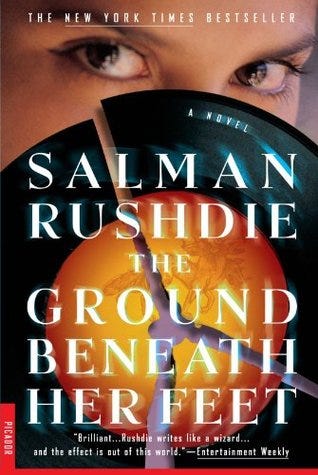
6. Salman Rushdie, The Ground Beneath Her Feet
In The Ground Beneath Her Feet, Salman Rushdie brings together several decades’ worth of rock and roll history with a riff (pun definitely intended) on the story of Orpheus and Eurydice. But the backdrop before which the events of this book unfold is also a slightly different world than our own, with different fates for a number of prominent cultural and political figures, and different names or genders for others. What seems like an arbitrary choice turns out to have a much greater significance as the novel reaches its ending, and its mythic overtones and scale turn out to be vast indeed.
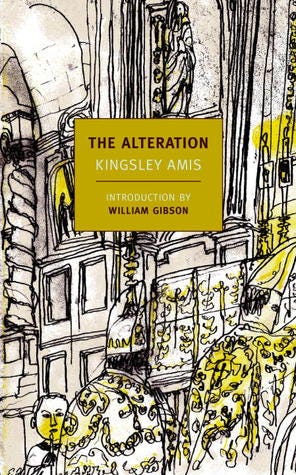
7. Kingsley Amis, The Alteration
Much of Kingsley Amis’s fiction is situated firmly in the realm of the realistic and comic, but his departures resulted in some of his most memorable work. This is definitely the case with The Alteration, set in a world where the Protestant Reformation never happened, giving Catholicism a much greater role in the world’s affairs, and a more significant impact on the lives of the populace. The title refers to castration, a procedure that the book’s central character — a talented young singer — may be forced to undergo.

8. Jonathan Lethem, Chronic City
Chronic City offers a detailed glimpse of a New York City that doesn’t quite match up with the five boroughs we know today. There are strange alterations to the city’s topography, a bizarre fog that enshrouds lower Manhattan, and a massive tiger prowling the Upper East Side. Throughout the novel, Lethem blends heartfelt emotional moments with descriptions of a world that’s not quite our own. The result is both disorienting and powerfully resonant.

9. Ken Grimwood, Replay
The concept of Ken Grimwood’s 1986 novel Replay is grand indeed: at the moment of his death, its protagonist finds himself waking up decades earlier in his body, but with all of the knowledge he’s accumulated of what is now the future. This motif continues throughout the novel and, at times, he uses this information to alter history in intriguing ways — including a subplot involving innovative film technology. It’s an emotionally draining tour through several different versions of recent history, toggling between broader cultural changes and instances where the changes happen on the
scale of a single life.
18 (More) Amazing Novels You Can Read in a Day







